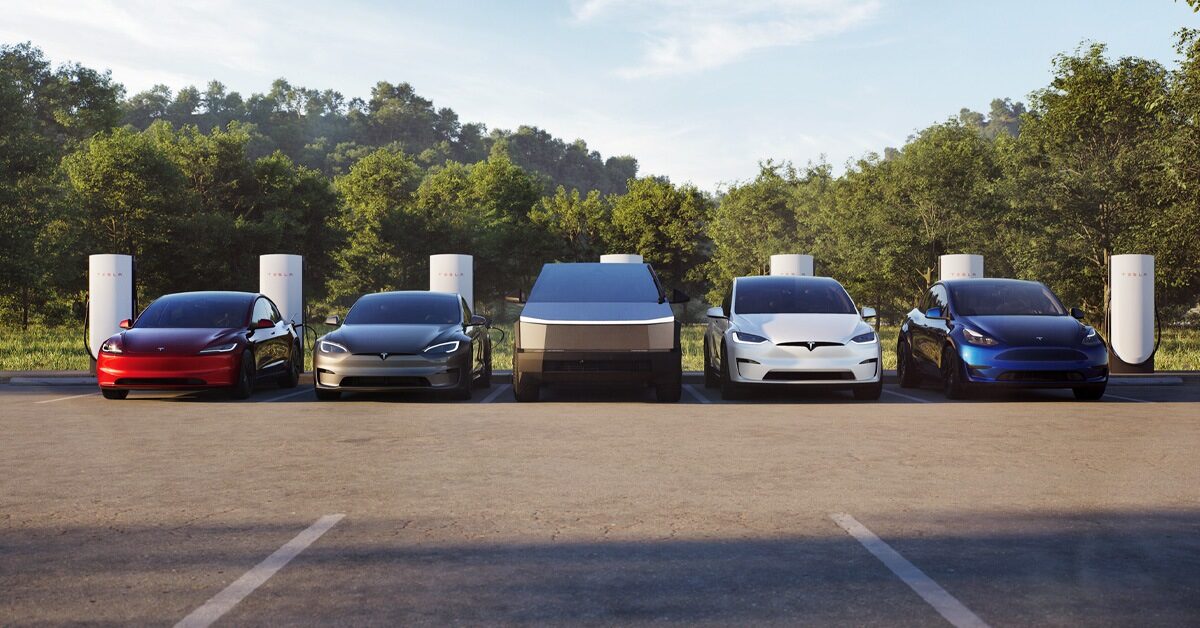I figure this is the thread where folk may be more interested in this type of analysis. I'm continuing to look at this and have now reworked the annual exercise using the quarterly data.
I guess this is the sort of thing one ought to be able to get out of a Bloomberg terminal if one had access and some training.
A lot of people who are active in the market operate just on the basis of PE x EPS. Most retail probably fall into that category, quite a few pros as well. Enough that it likely has a significant influence. Perhaps not the dominant influence, but non-trivial.
The red line in the yellow-shaded forecast area is simply driven by a 40x of the current quarter EPS (annualised, i.e. 4 * EPS * 40). A $170 TSLA shareprice corresponds to 40x PE ratio which is why I've used that PE number.
A PE of 40 is not particularly high for a growth share like TSLA.
In the highish case (i.e. the 2.2m in 2023, not the 1.8m guidance) the EPS will roughly treble over the next two years.
If share price follows EPS in that 40x fashion then TSLA is setting up for another significant disconnect between the EPS-driven share price and the NPV-driven valuation. That in turn would suck in all the momentum players. Which might in turn resolve through a subsequent correction.
The key of course is to have a good enough model to generate the EPS series. Hopefully this motivates some of you to persevere with that effort for a while longer, as it could get quite interesting. The next peak into nosebleed teritory might be at $550-$600 in 24-30 months.
(I'm away to think through lower volumes, revenues, and margins next.)



